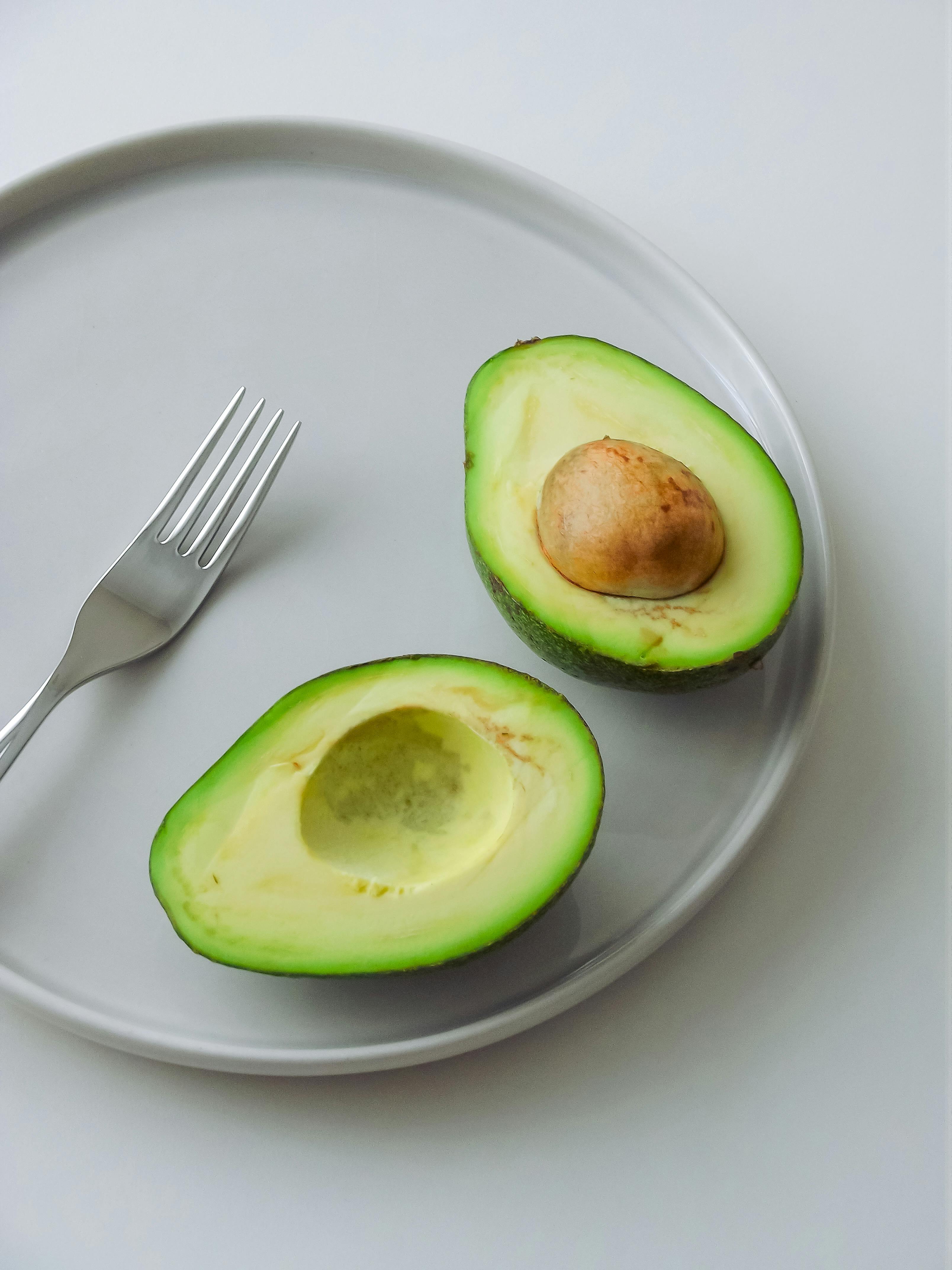
Understanding the Importance of Percentage Calculations
Percentage calculations are fundamental mathematical operations, especially in various practical scenarios, including finance, sales, and everyday life. Understanding how to calculate percentages allows individuals to interpret data accurately, make informed decisions, and manage resources effectively. For instance, calculating 20% of 35 helps individuals gauge values when making purchases or assessing discounts.
This article explores the concept of percentage calculations, focusing on how to derive meaningful results from simple equations. We will also touch on the real-life applications of these mathematical concepts, reinforcing their importance in daily activities. As we progress, readers will appreciate the significance of mastering percentage calculations and recognize practical techniques to enhance their numerical fluency.
Before we delve into the specifics, let's highlight some key takeaways: percentage calculations help quantify relationships between numbers, facilitate decision-making, and enhance financial literacy. The following sections will break down the components involved in calculating percentages, provide examples, and suggest practical applications.
Step-by-Step Process for Calculating Percentages
Defining the Percentage
The term 'percentage' refers to a fraction out of 100, providing a way to express how much of something exists relative to a whole. For example, 20% represents 20 out of every 100. In calculations, this figure is pivotal for determining proportions in various contexts, such as finance, where it helps to illustrate discounts, taxation effects, or profit margins.
To better understand how this concept works, consider that 20% translates to a decimal by dividing by 100, yielding 0.20. This conversion is essential for further calculations, enabling easier multiplication with different figures. Thus, grasping this definition paves the way for more complex calculations involving percentages.
Calculating 20% of a Given Number
Now that we understand what a percentage is, we can apply it to practical scenarios. To calculate 20% of 35, one must first convert 20% into a decimal. As mentioned earlier, 20% equals 0.20. Next, multiply this decimal by 35.
The mathematics here is straightforward: 0.20 * 35 = 7. Hence, 20% of 35 equals 7. This operation exemplifies how percentages help break down complex queries into accessible calculations, thus empowering individuals to make quick estimations and informed choices.
Real-Life Applications of Percentage Calculations
Understanding percentage calculations has practical implications across various domains. One substantial example includes budgeting and finance, where individuals need to compute interest rates, tax deductions, or investment growth. For instance, if a person receives a paycheck of $2,000 and wants to save 20%, they need to determine how much that constitutes: 0.20 * 2000 = $400.
Additionally, businesses rely on percentage calculations to assess sales performance. If a retail store achieves a 20% increase in sales this month, those calculations provide essential insights into their operations and help evaluate strategic decisions.
Common Mistakes When Calculating Percentages
Misunderstanding Percentage Basics
A frequent error in percentage calculations is misunderstanding the initial definition. Many individuals might confuse percentages, decimals, and fractions, leading to inaccuracies in their calculations. It is crucial to clarify these concepts to ensure correct calculations, especially in financial contexts.
Another common mistake is failing to convert percentages accurately before performing calculations. Neglecting this step can yield misleading results, particularly if an individual mistakenly uses the percentage as is without converting it into a decimal or fraction.
Ignoring the Total when Calculating Percentages
Individuals occasionally forget to consider the total value when determining the percentage. For example, if tasked with calculating 20% of total expenses without knowing the overall amount leads to errors. It's essential to have the complete figure to ensure accurate percentage calculations.
Arithmetic Errors in Multiplication and Division
Arithmetic miscalculations, such as errors during multiplication or division, can derail accurate percentage computations. To avoid this, use tools like calculators or double-checking math steps to minimize mistakes that could lead to significant miscalculations.
 example.com/image2.png
example.com/image2.png
Practical Techniques to Improve Percentage Calculation Skills
Utilizing Visual Aids
Visual aids—such as charts or diagrams—enhance understanding and memory retention when learning about percentage calculations. For example, pie charts can demonstrate how different percentages comprise a whole, allowing clearer insight into relationships among data points. This technique fosters better comprehension and application of percentages across real-life situations.
Practicing with Real-World Scenarios
Engaging with practical scenarios significantly enhances proficiency in calculating percentages. Role-playing activities or everyday budgeting scenarios can provide enlightening experiences, wherein individuals can experiment with calculation methods and observe results based on their decisions.
Encouraging persistent practice also sharpens calculation skills, which are invaluable not just in academic settings but also in personal budgeting and financial evaluations, ensuring confidence when making queries involving percentages.
Interactive Learning Tools
Using interactive learning tools, such as online calculators or math games, can make learning percentages fun and engaging. These platforms often provide instant feedback, allowing learners to understand mistakes and correct them promptly. Additionally, many applications tailor learning experiences to users' knowledge levels, ensuring progressive complexity as users improve their skills.
FAQs About Percentage Calculations
What is 20% of a number?
To find 20% of any number, convert 20% to decimal (0.20), then multiply it by that number. For example, 20% of 50 is 0.20 * 50 = 10.
How can I easily calculate percentages in my head?
One way to simplify mental percentage calculations is breaking numbers down into smaller, manageable parts. For instance, calculating 10% first can help, then doubling it for 20%.
When should I use percentage calculations?
Percentage calculations are useful in various situations, including finance, shopping discounts, statistical data analysis, and comparison evaluations. They help in interpreting values in a standardized manner.
 example.com/image3.png
example.com/image3.png
Conclusion
Mastering percentage calculations, such as determining 20% of 35, is fundamental in numerous aspects of life, from personal finance to analyzing data. Ultimately, understanding how to perform these calculations opens doors to informed decision-making and enhances overall financial literacy. By practicing and employing various strategies, individuals can ensure they are equipped to tackle percentage-related queries efficiently.
```